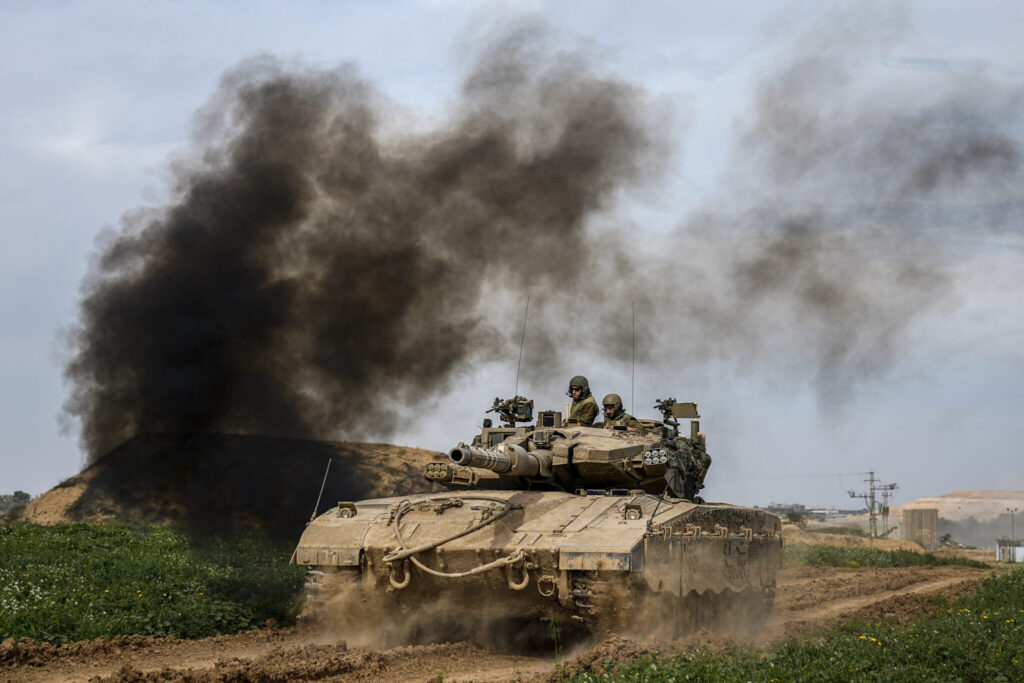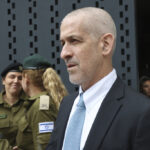Israeli tanks backed by warplanes and drones advanced deeper into the western part of the Gaza Strip city of Rafah on Wednesday, killing eight people, according to residents and Palestinian medics. Residents said the tanks moved into five neighbourhoods after midnight. Heavy shelling and gunfire hit the tents of displaced families in the Al-Mawasi area, further to the west of the coastal enclave, they said.
Quick Read
- Israeli tanks, backed by warplanes and drones, advanced deeper into the western part of Rafah in Gaza on Wednesday, killing eight people according to residents and Palestinian medics.
- Tanks moved into five neighborhoods after midnight, with heavy shelling and gunfire hitting tents of displaced families in the Al-Mawasi area.
- Twelve Palestinians were killed in an Israeli strike in the south of Gaza as they waited for aid convoys through the Kerem Shalom crossing, according to medical sources.
- Israeli forces have laid waste to much of Gaza and seized most of the territory but have not yet achieved their goal of wiping out Hamas and freeing Israeli hostages.
- Medics and Hamas media reported eight Palestinians killed in Al-Mawasi, causing many families to flee north in panic.
- Israeli forces blew up several homes in western Rafah, which had sheltered over half of Gaza’s 2.3 million people before the ground offensive.
- The UN human rights office stated that Israeli forces may have repeatedly violated the laws of war and failed to distinguish between civilians and fighters.
- Some United Nations and Palestinian figures estimate that fewer than 100,000 people remain in the area.
- An Israeli commander named Shaboura and Tel Al-Sultan as locations where the army planned to target Hamas fighters, estimating the operation could last about a month.
- The Israeli military remained in control of the Rafah-Egypt border, with the Rafah crossing heavily damaged and Israeli tanks positioned there.
- Aid into Gaza has not been impeded by the damage to the Rafah crossing, according to the Israeli military.
- In Gaza City, Israeli tanks moved back into the Zeitoun neighborhood with heavy fire reported, and an Israeli airstrike in Sheikh Radwan killed four Palestinians, including a child.
- Palestinian armed wings said fighters battled Israeli forces with anti-tank rockets, mortar bombs, and explosive devices.
- Palestinian gunmen fired rockets at the Kerem Shalom crossing on Wednesday, according to the Israeli military.
- Israel’s ground and air campaign was triggered by the Oct. 7 Hamas-led attack into southern Israel, killing around 1,200 people and seizing over 250 hostages.
- The offensive has killed more than 37,400 people in Gaza and left much of the population homeless.
- Repeated attempts to arrange a ceasefire have failed, with Hamas demanding an end to the war and Israeli withdrawal from Gaza, and Netanyahu insisting on Hamas’ eradication and the release of hostages.
- The UN human rights office reported that Israeli forces may have systematically violated the principles of distinction, proportionality, and precautions in their attacks on Gaza.
- Israel’s permanent mission to the UN in Geneva called the UN’s analysis “factually, legally, and methodologically flawed.”
The Associated Press has the story:
Israeli tanks push deeper into Rafah, forcing people to flee again
Newslooks- CAIRO, (AP)
Israeli tanks backed by warplanes and drones advanced deeper into the western part of the Gaza Strip city of Rafah on Wednesday, killing eight people, according to residents and Palestinian medics. Residents said the tanks moved into five neighbourhoods after midnight. Heavy shelling and gunfire hit the tents of displaced families in the Al-Mawasi area, further to the west of the coastal enclave, they said.
Some eight months into the war, there has been no sign of let up in the fighting as efforts by international mediators, backed by the United States, have failed to persuade Israel and Hamas to agree to a ceasefire.
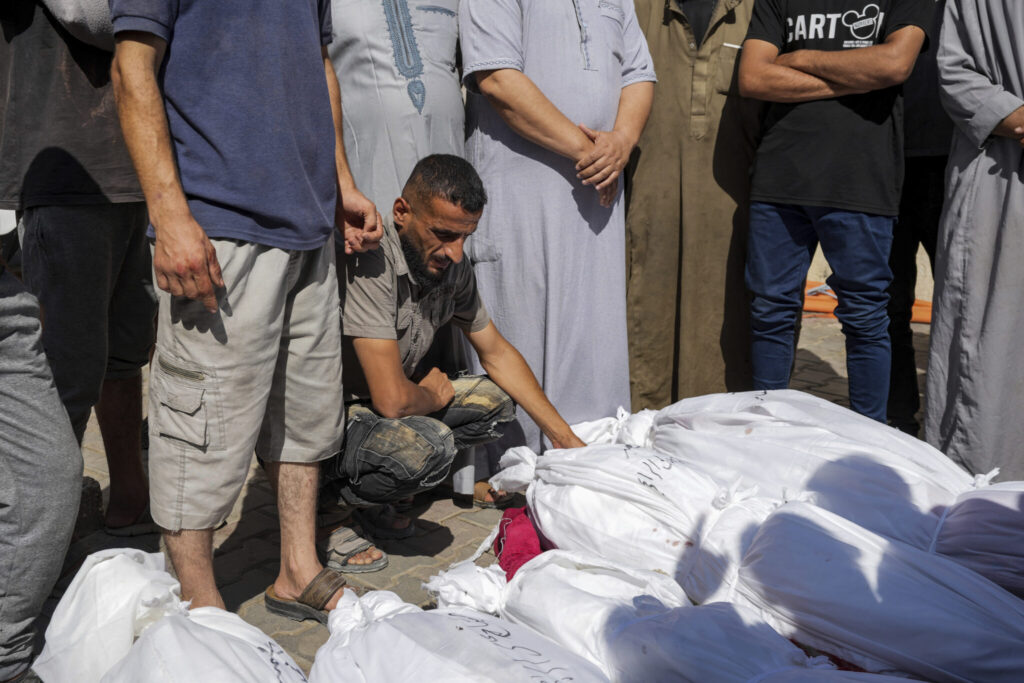
Twelve Palestinians were also killed in an Israeli strike that hit a group of citizens and merchants in the south of the Gaza Strip, medical sources told Reuters on Wednesday. The people were hit as they waited for convoys of aid trucks carrying goods through the Kerem Shalom crossing in Salahuddin Road northeast of Rafah, the sources added.
Israeli forces have laid waste to much of Gaza and seized most of the Palestinian territory but have yet to achieve Israel’s stated goal of wiping out Hamas and freeing Israeli hostages.
Medics and Hamas media said eight Palestinians were killed in Al-Mawasi and many families fled north in panic. They did not identify the fatalities, and the Israeli military said it was looking into the report.
Residents said Israeli army forces blew up several homes in western Rafah, which had sheltered over half of Gaza’s 2.3 million people before last month, when Israel began its ground offensive and forced most of the population to head northwards.
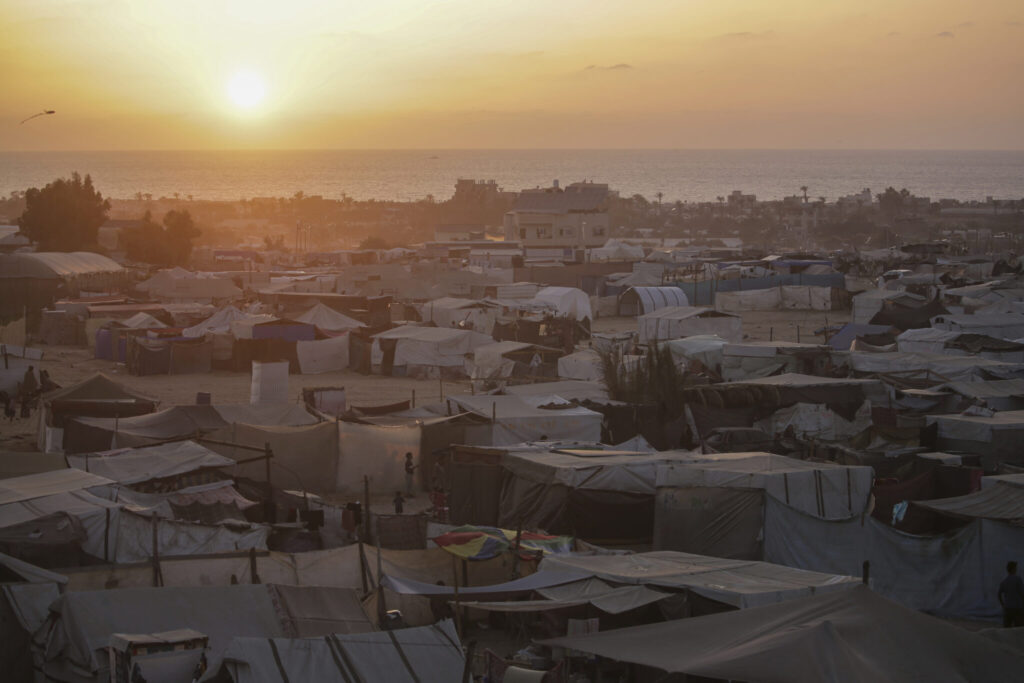
Israeli forces may have repeatedly violated the laws of war and failed to distinguish between civilians and fighters in the Gaza conflict, according to the UN human rights office on Wednesday.
Some United Nations and Palestinian figures put those who remained at under 100,000 people.
“Another night of horror in Rafah. They opened fire from planes, drones and tanks on the western areas to cover for their invasion,” said one Rafah resident, who asked not to be named.
“Bullets and shells landed in the Mawasi area near where people slept, killing and wounding many,” he said.
An Israeli commander briefing military correspondents in Rafah on Tuesday named two more locations there – Shaboura and Tel Al-Sultan – where the army planned to take on Hamas fighters.
“The Hamas battalions there are not yet well worn down and we need to dismantle them completely. We estimate it at more or less a month, at this intensity,” Colonel Liron Batito, head of the Givati Brigade, told Army Radio.
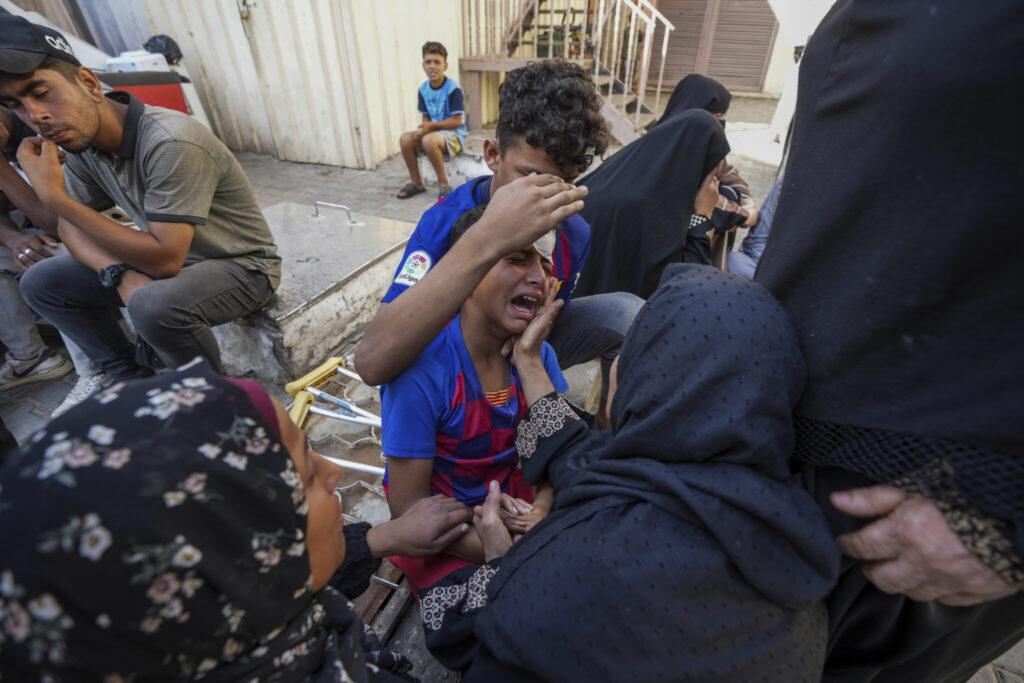
The Israeli military remained in control of the border between Rafah and Egypt. Footage circulated on social media showed the Rafah crossing, the only window for most of Gaza’s population with the outside world, was destroyed, buildings burnt, and Israeli tanks positioned there with the flag of Israel flying over some places.
The Israeli military said aid into Gaza had not been impeded by the damage.
Further north, Israel sent a column of tanks back into the Zeitoun neighbourhood in Gaza City, and residents reported heavy fire from tanks and warplanes but also sounds of gun battles with Hamas-led fighters.
In another Gaza City suburb, Sheikh Radwan, an Israeli air strike on a house killed four Palestinians, including a child, medics said. A total of 20 people were killed across Gaza.
The armed wings of Hamas and Islamic Jihad said fighters battled Israeli forces with anti-tank rockets and mortar bombs, and have in some areas detonated pre-planted explosive devices against army units.
Later on Wednesday, Palestinian gunmen fired rockets at the Kerem Shalom crossing in southern Gaza, the Israeli military said.
Israel’s ground and air campaign was triggered when Hamas-led militants stormed into southern Israel on Oct. 7, killing around 1,200 people and seizing more than 250 hostages, according to Israeli tallies.
The offensive has left Gaza in ruins, killed more than 37,400 people, according to Palestinian health authorities, and left much of the population homeless and destitute.
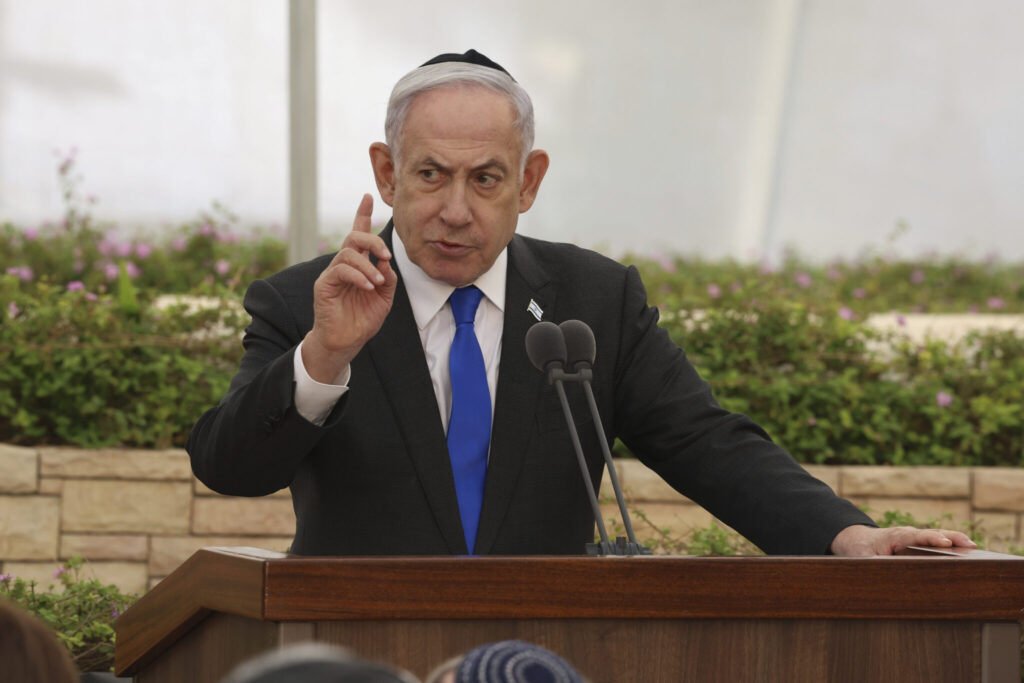
Since a week-long truce in November, repeated attempts to arrange a ceasefire have failed, with Hamas insisting on an end to the war and full Israeli withdrawal from Gaza. Israeli Prime Minister Benjamin Netanyahu refuses to end the war before Hamas is eradicated and the hostages are freed.
On Wednesday, the United Nations human rights office said Israeli forces may have repeatedly violated fundamental principles of the laws of war and failed to distinguish between civilians and fighters in their Gaza campaign.
In a report assessing six Israeli attacks that caused a high number of casualties and destruction of civilian infrastructure, the U.N. Human Rights Office said Israeli forces “may have systematically violated the principles of distinction, proportionality, and precautions in attack”.
Israel’s permanent mission to the United Nations in Geneva called the analysis “factually, legally, and methodologically flawed”.

